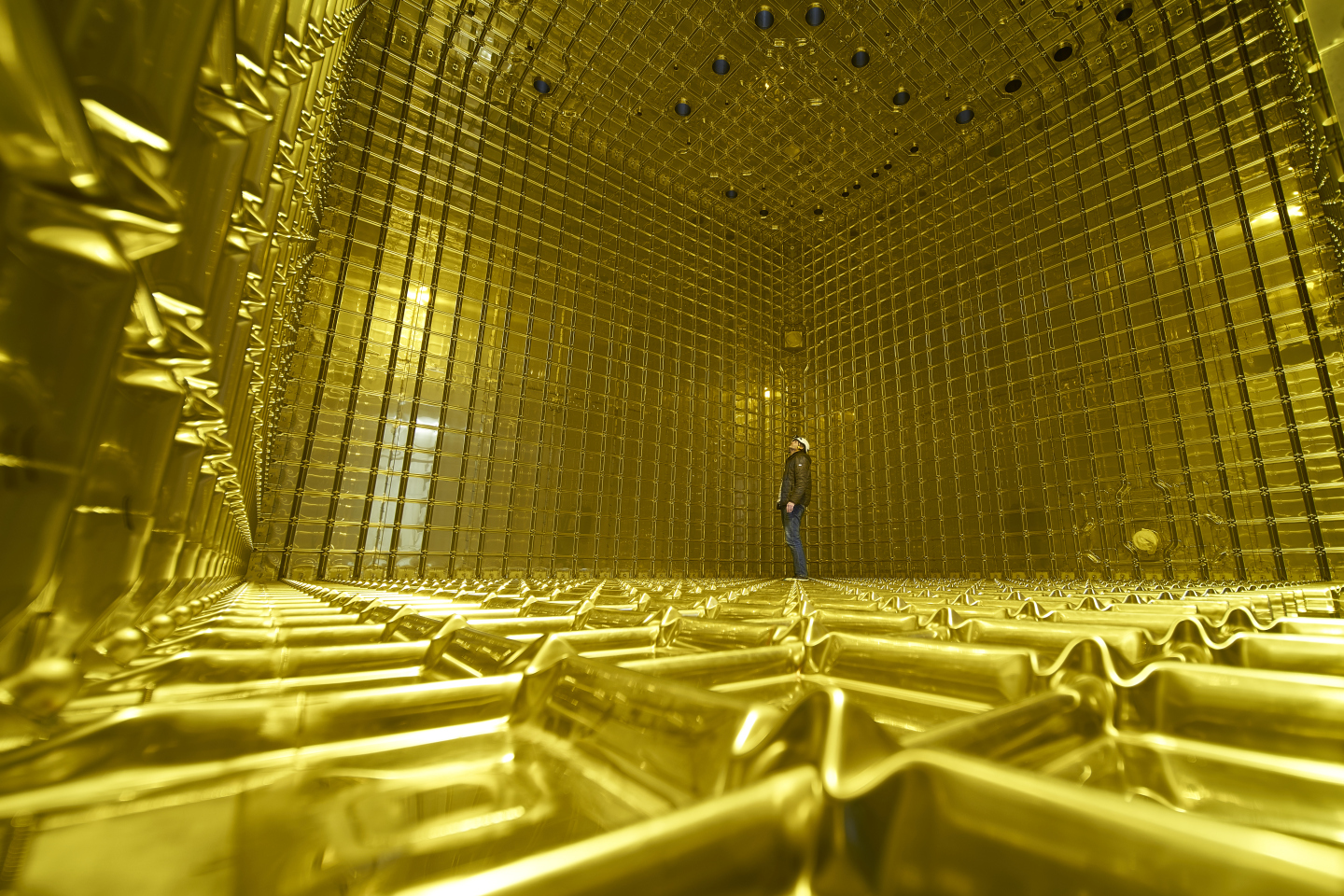For more than a century, scientists have been fascinated by the possibility that hidden, minuscule spatial dimensions could be influencing the physics of our familiar three-dimensional world. Despite decades of experimental searches, however, there has yet to be concrete evidence of these extra dimensions. Now, a recent study proposes a way to advance this search: using the upcoming Deep Underground Neutrino Experiment (DUNE) to probe these hidden dimensions through neutrino behavior.
." There are three known types — or "flavors" — of neutrinos, each with a mass billions of times smaller than an electron's. These particles are remarkable in their ability to transform — or oscillate — into different flavors as they travel through space, even without interacting with other particles.
Studying neutrinos with DUNE
, a professor at Chung-Ang University in South Korea and co-author of the study, told Live Science via email.
The experimental setup is ideal for studying neutrino oscillations. Neutrinos created in Fermilab's collisions — primarily muon neutrinos (one of the three flavors) — will traverse Earth to reach the South Dakota detector. Along the way, some of these particles are expected to transform into the other two flavors: electron neutrinos and tau neutrinos.
By observing how the different flavors evolve during their journey, DUNE scientists hope to unravel several fundamental questions in neutrino physics, such as the hierarchy of neutrino masses, the precise parameters governing oscillation, and the role neutrinos may have played in creating the matter-antimatter imbalance in the universe.
Related: Our universe is merging with 'baby universes', causing it to expand, new theoretical study suggests

Probing extra dimensions with neutrino oscillations
.
."
If extra dimensions exist, they could subtly alter neutrino oscillation probabilities in ways detectable by DUNE, according to the study authors. These distortions could appear as a slight suppression of expected oscillation probabilities and as small oscillatory "wiggles" at higher neutrino energies.
Simulating DUNE data to hunt for extra dimensions
interact with matter within the detector. The extra dimension influences the oscillation probabilities of neutrinos, which, in turn, can reveal valuable clues about its potential existence and properties.
"We simulated several years of neutrino data from the DUNE experiment using computational models," Masud said. "By analyzing both the low-energy and high-energy effects of large extra dimensions on neutrino oscillation probabilities, we statistically assessed DUNE's ability to constrain the potential size of these extra dimensions, assuming they exist in nature."
The team's analysis suggests that the DUNE experiment will be capable of detecting an extra dimension if its size is around half a micron (one-millionth of a meter). DUNE is currently under construction and is expected to begin data collection around 2030. After several years of operation, the accumulated data will likely be sufficient for a comprehensive analysis of the theory of large extra dimensions. The team expects the results of this analysis to be available roughly a decade from now.
Additionally, they think that, in the future, combining data from DUNE with other experimental methods — such as collider experiments or astrophysical and cosmological observations — will enhance the ability to investigate the properties of extra dimensions with greater precision and accuracy.
"In the future, incorporating inputs from other types of data could further tighten these upper bounds, making the discovery of large extra dimensions more plausible, should they exist in nature," Masud said. "Beyond being an exciting avenue for new physics, the potential presence of large extra dimensions could also help DUNE measure standard unknowns in neutrino physics more precisely, free from the influence of unaccounted-for effects."


Post a Comment
0Comments